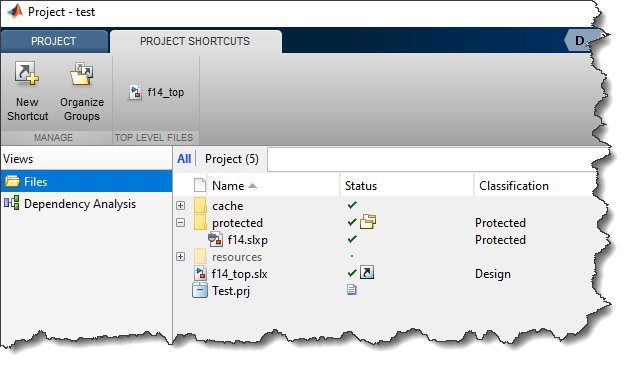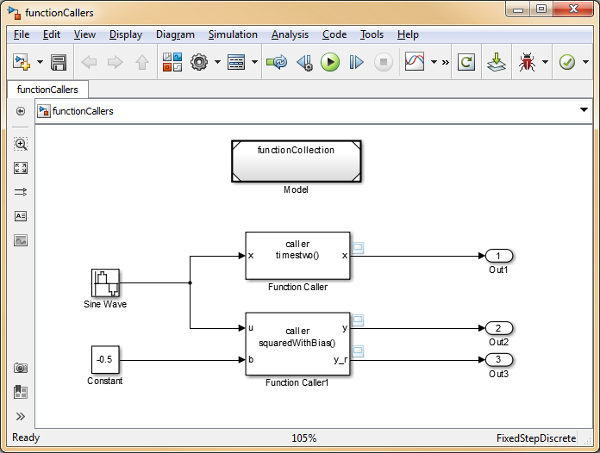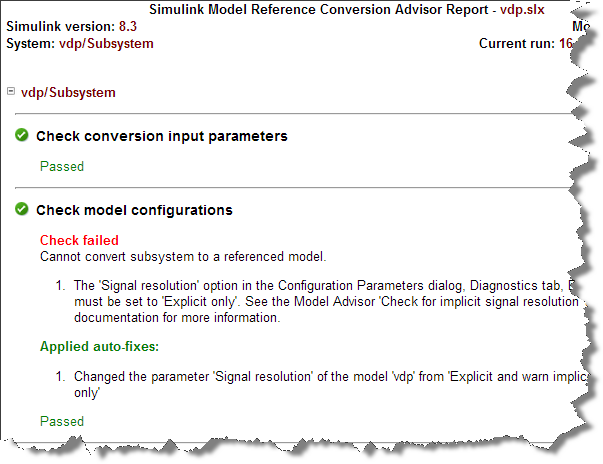
In Simulink, the different simulation modes (accelerators) can save you a lot of time. There are, however, subtleties to what “time” you can save, and how we can achieve those savings. In this post,... 続きを読む >>

In Simulink, the different simulation modes (accelerators) can save you a lot of time. There are, however, subtleties to what “time” you can save, and how we can achieve those savings. In this post,... 続きを読む >>

After my last post on FMU import and export, someone asked me if exporting a Simulink model to an FMU was a good way to hide the model and protect intellectual property.
The answer is: No!
An FMU is... 続きを読む >>

The release of R2014b brought a time-honored Stateflow feature up to the model level: Simulink Functions. These blocks, analogous to stand-alone MATLAB functions, promote modularity and reuse by... 続きを読む >>

This week I want to highlight one of my favorite enhancement in R2014a: The improved workflow for converting a subsystem to a referenced model.... 続きを読む >>

A few weeks ago I described the possibility of storing more multiple configuration sets in a single model. Today we will do the opposite: Sharing one configuration set among multiple... 続きを読む >>

During the life of a model, you will very likely need to change many configuration parameters to complete different tasks. For example, when debugging you want to enable many run time diagnostics to... 続きを読む >>
The first time I tried editing models componentized with library blocks and referenced models in R2012a, I noticed something was different... ... and I really like that change! What's new In... 続きを読む >>
I am currently working on a model and I have a dilemma. There are two ways I could model my system. I need you to tell me which approach is best and why. I need your help! The Goal I am... 続きを読む >>
Do you generate code to be executed on a multi-core processor? Wouldn't it be cool if you could decide which part of the model will execute on which core? Modeling Concurrent... 続きを読む >>
In Simulink R2011a, it is possible to pass asynchronous function-call signals through Inports of a model. This enables the asynchronous function call to cross the boundary of Model block. Such... 続きを読む >>